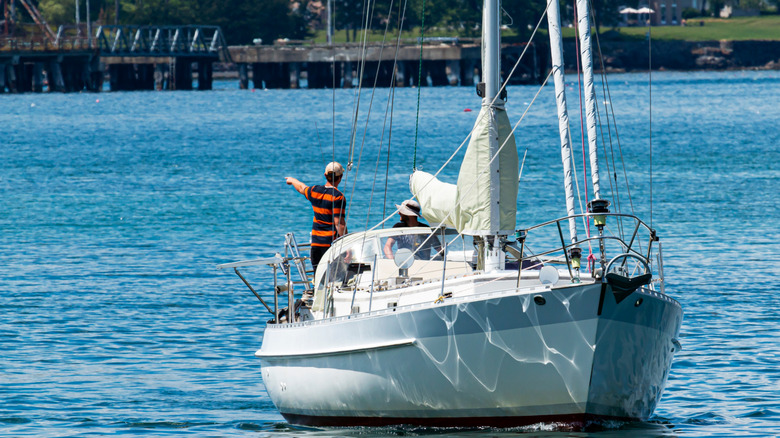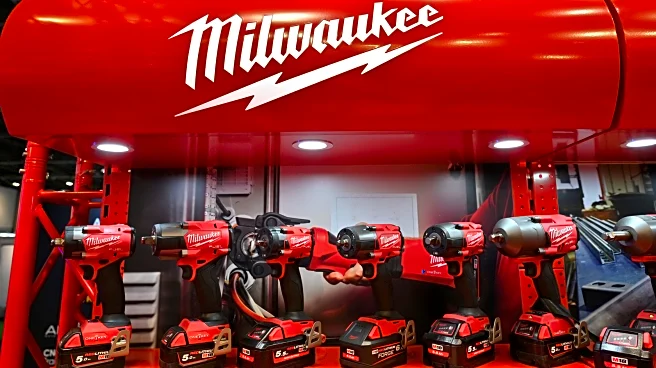
The silence can be unnerving at first. Unlike regular boats that can be powered by 4 types of boat engines, which all work differently, sailboats are designed to harness the invisible energy that surrounds them. It can feel as if you're stranded in the middle of nowhere when that energy fades.
However, calm waters don't have to result in a state of panic. Most skippers have a contingency plan. It is highly likely that getting the boat out of the dead zone only requires turning on a small motor. If
no motor is present, oars can also be sufficient to move forward on smaller boats, although anyone who has ever rowed a sailboat knows that it's an arduous undertaking.
Some sailboats may not have a motor or oars, but that doesn't mean you're powerless without them. The sea is never motionless, and you can still find your way forward if you know how to work with the tides and currents that flow beneath the hull like rivers.
Read more: Every Major Leaf Blower Brand Ranked Worst To Best
Using Currents And Hydrodynamics

Not all sea vessels are built equal. Ships are different from boats and, as a result, have different strengths and weaknesses. Sailboats are no exception to this, with their ability to use the wind to traverse the ocean being both a strength and a weakness at times. But it's not all doom and gloom. Although the winds above you may die, the water below can continue to work in your favor. Whether they are oceanic, riverine, or tidal, currents are ever-present and can help get you moving. If used correctly, currents can act similarly to the way a constant breeze against your sails does.
The shape of modern hulls is designed to capitalize on this. If you play it right, a strong current -- say, 15 knots -- can feel a lot like 15 knots of wind. Allow the water to do what the wind cannot, trim the sails to reduce drag, and angle your keel with the flow. Although it's not as swift or elegant as true sailing, it's progress, and sometimes that's all you need.
Currents, of course, can also work against you. If they're running against your course, you may drift backward or sideways, which can be frustrating. That's why it's important to be clued up on the skills needed to do so. Every sailor needs to learn to be patient; part of this journey is knowing when to harness the currents and when to tap out.
Oars, Motors, And Maximizing Calm Water

A motor is your best friend when you want certainty. A frustrating stall can be turned into a stress-free detour with even a small auxiliary engine. This is where folding or feathering propellers shine. Tucked away out of sight when the wind is high and ready to activate when you lose nature's helping hand. While these engines won't be on the list of the most powerful boat engines ever built, they'll get the job done. Sure, you'll hear the slight hum of the engine over the longer journeys, but it's certain to be a reassuring sound.
The more traditional option is rowing. Even though it's not nearly as effective, it does work, particularly on smaller boats. When the sea and sky aren't giving you much else, it's time to get your hands dirty and do it the old school way. It's exhausting, for sure, but knowing that you're not entirely at the mercy of nature makes them a worthy addition.
What if you don't have the luxury of either? Accepting the pause is sometimes the only course of action. During the lull, clean up the deck, inspect the rigging and lines, or just relax in the cockpit and take in the silence. In actuality, the wind always comes back. When it does, you will be up to speed in no time if your sails are ready and your boat is organized.
Want the latest in tech and auto trends? Subscribe to our free newsletter for the latest headlines, expert guides, and how-to tips, one email at a time.
Read the original article on SlashGear.










